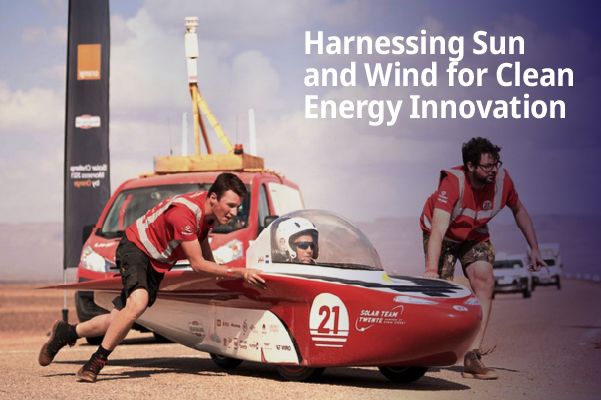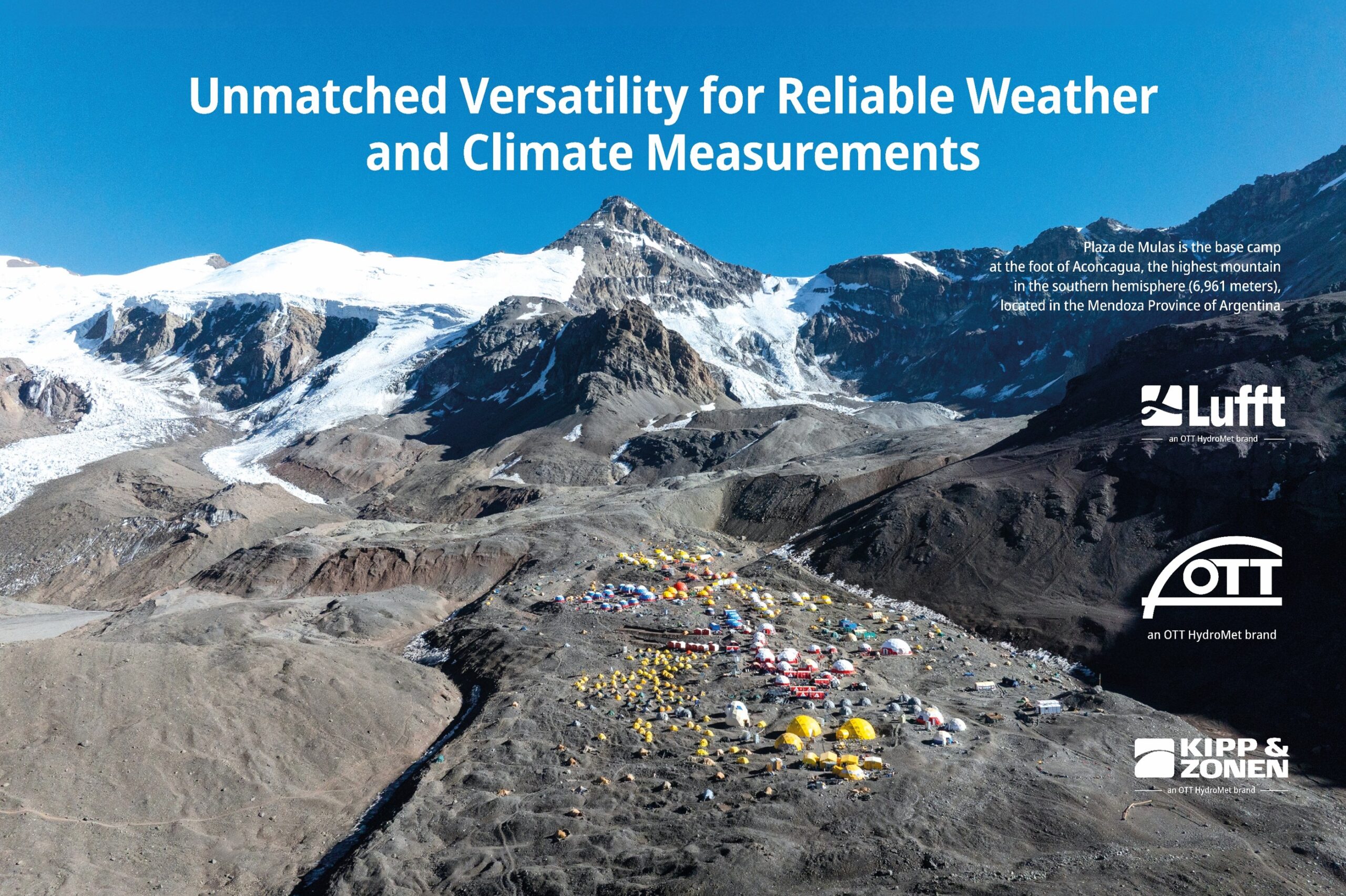Temperature is the second most commonly piece of data measured after time. It’s therefore no wonder that the history of temperature measurement goes far back in time. It was already known in the second century CE that air expands with heat and contracts again with cold.
Photo-Credit: M. Schuppich – Fotolia.com
Temperature is the second most commonly piece of data measured after time. It’s therefore no wonder that the history of temperature measurement goes far back in time. It was already known in the second century CE that air expands with heat and contracts again with cold. This discovery helped Greek inventor Philo of Byzantium to develop the first air thermometer. This, however, was very imprecise because it worked more closely to a barometer and was dependent on air pressure.
It was only in 1592 that famous Italian scientist Galileo Galilei invented the first usable thermometer, where the temperature was calculated based on a column of water that changed its level depending on the temperature. The thermometer only really began to be useful with the invention of a temperature scale in which two fixed points were defined – one for low and one for high temperatures. The 35 scales in use in the eighteenth century were anything but uniform. It was only with the scale developed by Daniel Gabriel Fahrenheit that a uniform standard was achieved, the Fahrenheit scale still used to this day in the United States. Fahrenheit sets three fixed points, the freezing point of a saline solution (0°F), the freezing point of water (32°F) and human body temperature (96°F). Soon the water in thermometers was replaced with mercury, since they had the same expansion and contraction properties. Swedish astronomer Anders Celsius (1742) developed a temperature scale with only two fixed points: the freezing and boiling points of water. But it was originally reversed, with 0° being the boiling point. It was only his student Carl von Linné who inverted the scale as we use it today.
Thermometers basically always have two components: a temperature sensor and a display scale. There are two basic types of sensors, the contact thermometer and non-contact thermometer. A medical thermometer was developed early on, but at 50 cm in length, it was less than practical. It was only in 1867 that a thermometer was made with a usable size of 15 cm. Our current clinical thermometers are mostly digital and equipped with electric resistors. Recent years have seen the development of non-contact infrared thermometers for taking temperatures in the patient’s ear.
Another example of home thermometer use are the bimetallic thermometers for saunas, such as those made by Lufft. These connect two different metals together. As the temperature rises, they expand differently, produces a curvature which is then measured against the corresponding scale. In the industrial sector, where very high temperatures must often be measured, these thermometers reach their limits. Resistance thermometers, including Lufft’s external sensors of the handheld devices have significant higher temperature ranges accurately. Platinum is the precious metal used in these devices. Through continuous research, more accurate and more convenient methods and measurement tools are being developed to meet the needs of medicine, industry and everyday use. The history of temperature measurement continues to progress and we look forward to an exciting future.



